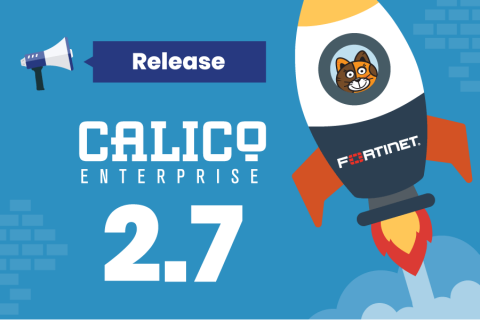Elastic SIEM for home and small business: SIEM overview
Hello, security enthusiasts! This is part seven (can you believe it?) of the Elastic SIEM for home and small business blog series. If you haven’t read the first six blogs in the series, you may want to before going any further. In the prerequisite blogs we created our Elasticsearch Service deployment (part 1), secured access to our cluster by restricting privileges for users and Beats (part 2), then we created an ingest pipeline for GeoIP data and reviewed our Beats configurations (part 3).











